What education do I need to be a paramedic?
What Education Do You Need to Become a Paramedic?
The blare of a siren signals the arrival of paramedics, the highly skilled frontline providers of emergency medical care.
Given the high-pressure situations and invasive medical procedures they perform, becoming a paramedic requires specialized education, intensive practical training, and rigorous certification.
This guide provides a clear, structured breakdown of the education needed to become a paramedic, detailing the educational paths, required degrees and certifications, the typical duration of paramedic training, and how aspiring professionals can advance their deeply rewarding careers in emergency medical services (EMS).
What Education Do I Need to Be a Paramedic?
The foundation for becoming a paramedic is built on a structured progression of education and training, starting with basic prerequisites and moving into advanced clinical studies.
General Educational Foundation
The starting point for all aspiring paramedics is a basic educational requirement:
High School Diploma or GED: This is the universal prerequisite for entering any accredited EMS training program.
Age Requirement: Most states and programs require applicants to be at least 18 years old.
The Path Through EMT
In almost all cases, the journey to becoming a paramedic is sequential. You cannot jump straight into paramedic school; you must first gain foundational experience:
Start as an Emergency Medical Technician (EMT): Most individuals must first complete EMT-Basic training and achieve state or national certification before they can enroll in a paramedic program.
This step establishes crucial groundwork in basic life support, patient assessment, and scene safety.
Paramedic Program Options
Once you hold an EMT certification, you can apply for a paramedic program. These specialized programs are primarily offered through:
Community Colleges: The most common route, often offering an Associate of Applied Science (A.A.S.) degree.
Technical or Vocational Schools: Providing certification or diplomas rather than a degree.
Universities: Some universities offer degree-level programs (Bachelor's in Emergency Medical Services).
Accreditation and Approval
The importance of accreditation cannot be overstated. When selecting a program, you must ensure it is approved by the state's Emergency Medical Services (EMS) board and, ideally, accredited by the Commission on Accreditation of Allied Health Education Programs (CAAHEP), often through its Committee on Accreditation of Educational Programs for the Emergency Medical Services Professions (CoAEMSP).
What Degrees or Certifications Are Required for Paramedics?
The requirements for working as a paramedic involve a combination of core and advanced certifications, with degrees being increasingly beneficial for career advancement.
Required Certifications and Licensing
The ability to practice as a paramedic hinges on earning key certifications:
CPR Certification: Current certification in Cardiopulmonary Resuscitation (usually Basic Life Support – BLS).
EMT-Basic Certification: Successful completion of an EMT program and passing the relevant exams.
Paramedic Certification (NREMT): The most crucial step. After completing an accredited paramedic program, candidates must pass both a cognitive (written) and psychomotor (practical) examination administered by the National Registry of Emergency Medical Technicians (NREMT).
NREMT certification is recognized by most states and often serves as the basis for state licensure. State Licensing: Every state requires a license to practice. While most states accept NREMT certification, some may require additional state-specific exams or continuous education units (CEUs) for renewal.
The Role of Formal Degrees
While paramedic certification is mandatory, a formal degree is not universally required to work as a paramedic in every state. However, degrees are highly beneficial:
Associate’s Degree (A.A.S.): Many high-quality paramedic programs are integrated into A.A.S. programs at community colleges. This degree makes graduates more competitive, provides a stronger theoretical background, and prepares them for leadership roles.
Bachelor’s Degree (B.S.): A four-year degree in Emergency Medical Services, Healthcare Administration, or a related field is often required for career advancement into administrative, educational, or supervisory roles.
Optional Advanced Certifications
After gaining experience, paramedics can pursue advanced certifications to specialize and enhance their career prospects:
Critical Care Paramedic (CCP): Focuses on providing extended, high-level care during inter-facility transfers (e.g., transporting an ICU patient from one hospital to another).
Flight Paramedic (FP-C): Specialized training for working on helicopters and fixed-wing aircraft, often involving advanced procedures in remote or limited-resource environments.
How Long Does Paramedic Training Take?
The total time commitment to achieve paramedic certification varies depending on the initial level of training and whether the student studies full-time or part-time.
| Step in the Process | Typical Duration | Focus |
| EMT-Basic Training | 3–6 months | Basic life support, patient assessment, scene safety. |
| Paramedic Program | 12–24 months (Full-time) | Advanced life support, pharmacology, trauma, clinical rotations. |
| Clinical and Field Internship | Included in the program, typically 500–1,000+ hours | Hospital rotations (ER, ICU, OR) and supervised field experience (ambulance ride-alongs). |
| Total Time (Accelerated) | Approximately 18 months | Completion of EMT, Paramedic Program, and NREMT exam. |
Program Structure
A typical, full-time paramedic program (which often culminates in an A.A.S. degree) takes 18 to 24 months. This time is divided into three main components:
Classroom/Didactic Instruction: This phase involves 1,000 to 1,500 hours of theoretical instruction, covering subjects like human anatomy and physiology, pharmacology, and advanced cardiac procedures.
Clinical Rotations: Students complete rotations in various hospital settings (e.g., Emergency Room, Intensive Care Unit, Labor and Delivery) to practice clinical skills under the supervision of doctors and nurses.
Field Internship: This is the capstone phase where students apply their knowledge by working on an ambulance with a certified, experienced paramedic (a Field Training Officer, or FTO).
Students must typically complete a minimum number of patient contacts and lead certain critical calls before graduating.
What Subjects Are Covered in Paramedic School?
Paramedic school is a rigorous, demanding academic and practical experience designed to mold students into confident, clinically capable providers.
Core Academic Curriculum
The theoretical part of the program covers the scientific principles underlying emergency medicine:
Anatomy and Physiology: In-depth study of all human body systems, focusing on how they react to trauma and disease.
Cardiology and Advanced Life Support (ALS): Extensive training in reading and interpreting EKGs, managing arrhythmias, and administering electroshock (defibrillation/cardioversion).
Pharmacology and Medication Administration: Detailed study of emergency drugs, their dosages, indications, contraindications, and routes of administration (e.g., IV insertion, intubation).
Trauma Management: Advanced techniques for assessing and managing patients with severe injuries (e.g., head trauma, burns, spinal injuries).
Special Populations: Dedicated units on emergency obstetrics (childbirth), pediatrics (children), and geriatrics.
Medical-Legal and Ethics: Training in patient communication, ethical decision-making, medical documentation, and legal responsibilities.
Practical and Hands-On Training
The practical component is where students hone their life-saving skills:
Simulation Labs: Using high-fidelity manikins and simulated emergency scenarios to practice complex skills like intubation, IV insertion, and chest decompression in a safe environment.
Ambulance Ride-Alongs: Real-world experience responding to actual 911 calls under supervision.
Hospital Rotations: Applying skills in a controlled clinical environment.
Crucially, paramedic education emphasizes teamwork, swift and accurate decision-making, and stress management—essential soft skills for maintaining performance in high-stakes environments.
How Can You Advance Your Career as a Paramedic?
A paramedic career offers numerous pathways for growth beyond the ambulance, allowing professionals to specialize, educate, or move into administration.
Specialization and Advanced Roles
Experienced paramedics can gain specialized knowledge and certifications to take on complex roles:
Critical Care Paramedic: Working with specialized transport teams that manage ventilator-dependent or highly unstable patients.
Flight/Tactical Paramedic: Roles focused on air transport or providing medical support to law enforcement (SWAT) teams.
Community Paramedic: A growing field where paramedics provide preventive healthcare, chronic disease management, and primary care referrals in the patient’s home, bridging the gap between emergency services and public health.
Education and Administration
Paramedic experience is highly valued in leadership, educational, and administrative positions:
EMS Instructor or Educator: Teaching the next generation of EMTs and paramedics in technical schools or community colleges. This typically requires a bachelor’s degree.
EMS Administrator or Chief: Managing ambulance services, overseeing operations, budgets, and personnel.
Often requires a Bachelor’s or Master’s degree in Emergency Management, Public Administration, or Healthcare Management. Hospital-Based Roles: Working in Emergency Departments as technicians, specialized educators, or liaisons.
Foundation for Further Healthcare Careers
Many paramedics use their extensive clinical experience as a springboard for other advanced healthcare professions:
Physician Assistant (PA): Paramedic experience (especially critical care) is highly sought after by PA programs.
Registered Nurse (RN): Paramedic experience provides a strong clinical foundation for accelerated nursing programs.
Public Health: Moving into roles focused on large-scale emergency preparedness and public health strategy.
Continuous learning through advanced certifications, leadership workshops, and earning higher degrees is key to maximizing a paramedic career advancement.
Frequently Asked Questions (FAQ)
Do paramedics need a college degree?
No, not in every state. Paramedic certification is the primary requirement for practice. However, an Associate's Degree is highly recommended and is often earned concurrently with certification. A Bachelor's Degree is usually necessary for supervisory, administrative, or teaching positions.
What’s the difference between an EMT and a paramedic?
The difference lies in their scope of practice:
EMT (Emergency Medical Technician) provides Basic Life Support (BLS).
Their skills are non-invasive and include CPR, splinting, basic airway management, and limited medication administration (e.g., oxygen, aspirin). Paramedic provides Advanced Life Support (ALS).
They are trained in invasive procedures like advanced airway management (intubation), IV therapy, cardiac monitoring (EKG), and administering a wide range of medications.
Can I become a paramedic online?
No. While the theoretical (didactic) portion of paramedic training may offer hybrid or online components, the majority of the program—including 1,000–1,500 hours of practical lab work, hospital clinical rotations, and supervised field internships—must be completed in person.
How often do paramedics need to renew their certification?
Paramedic certifications (like NREMT and state licenses) typically need to be renewed every two to four years. This renewal process requires completing a specified number of continuing education units (CEUs) to ensure the paramedic's skills and knowledge remain current with the latest medical protocols.
Conclusion
The journey to becoming a paramedic requires dedication, a structured educational path, and a profound commitment to hands-on training.
While educational paths may vary slightly by state or region, the core components of the process—mastering advanced life support, gaining extensive clinical experience, and demonstrating unwavering competence—are universal. A career as a paramedic is exceptionally demanding but also deeply rewarding, offering countless opportunities to make a tangible difference in people’s lives every single day. If you possess a passion for saving lives and thrive in high-stakes environments, the pathway to becoming a paramedic is one of the most fulfilling careers in healthcare.
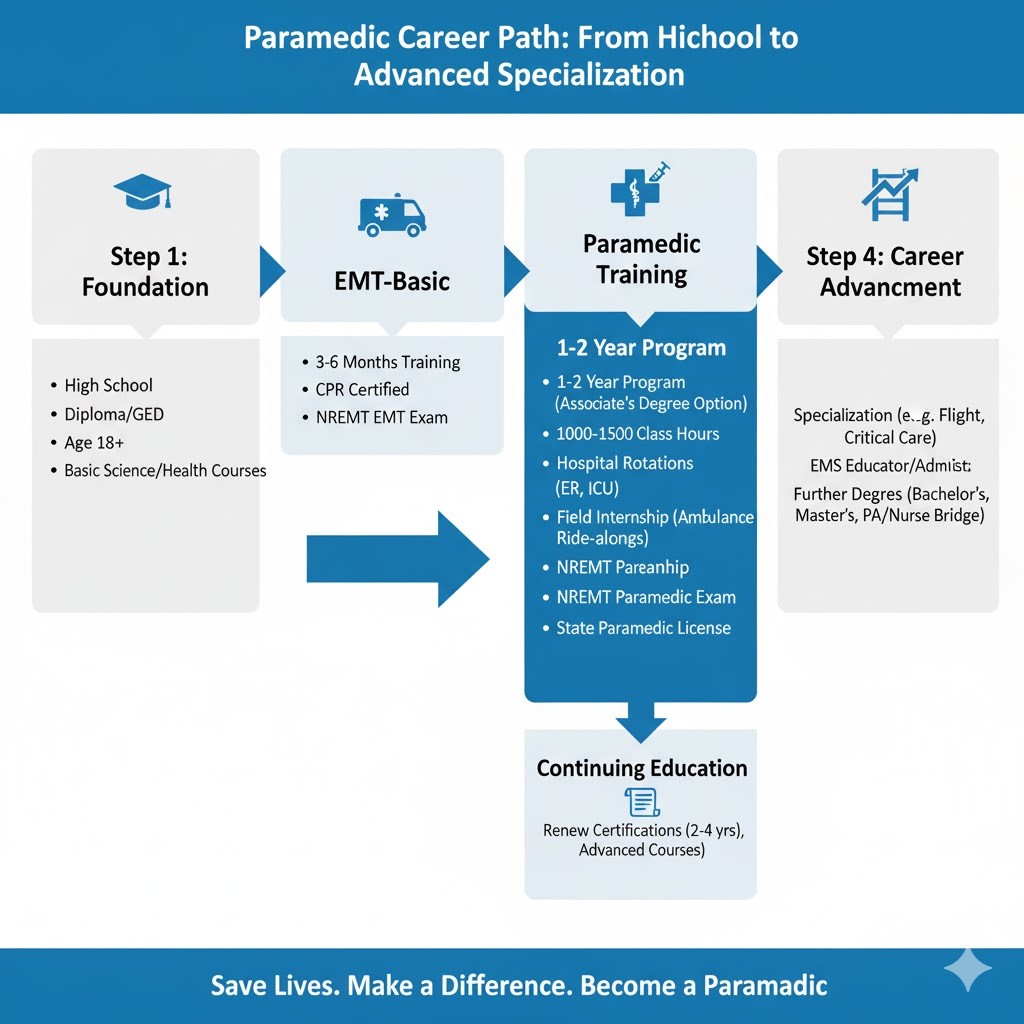

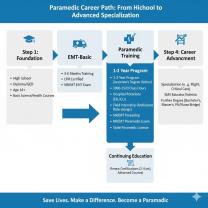

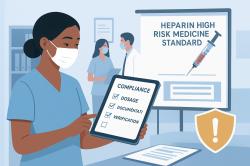
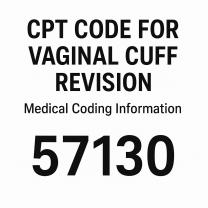

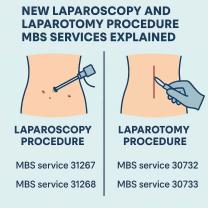



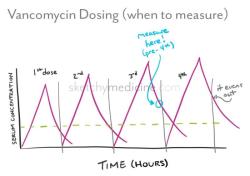


CollegeAdvisor
on October 14, 2025The clarification that an Associate's Degree is beneficial but not always mandatory is crucial for advising students. It's the NREMT certification that opens the ambulance doors!
AcademiaEMT
on October 14, 2025Excellent point about earning a Bachelor’s for career advancement. I went back for my B.S. in Emergency Management, and it opened doors to admin roles.